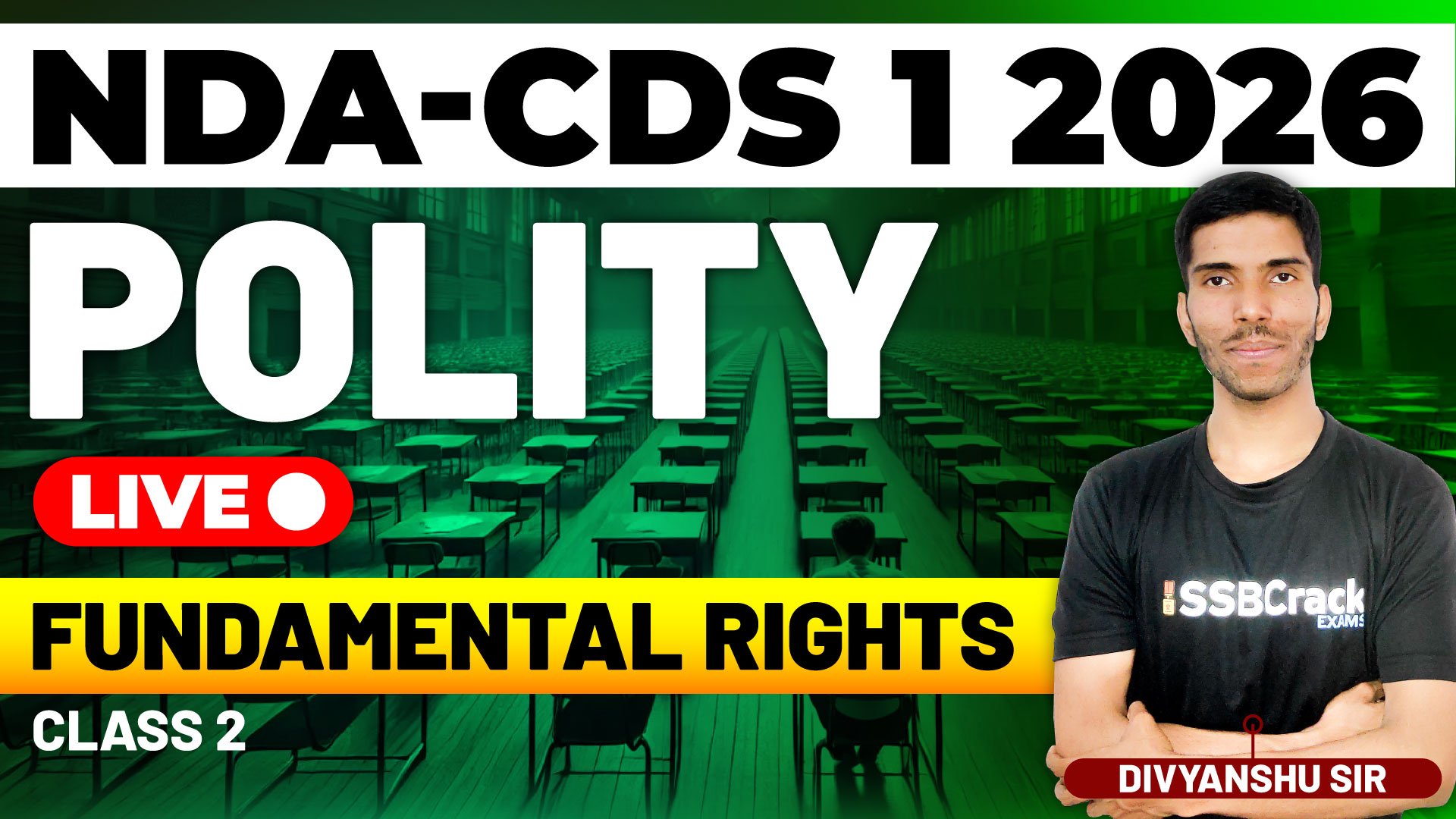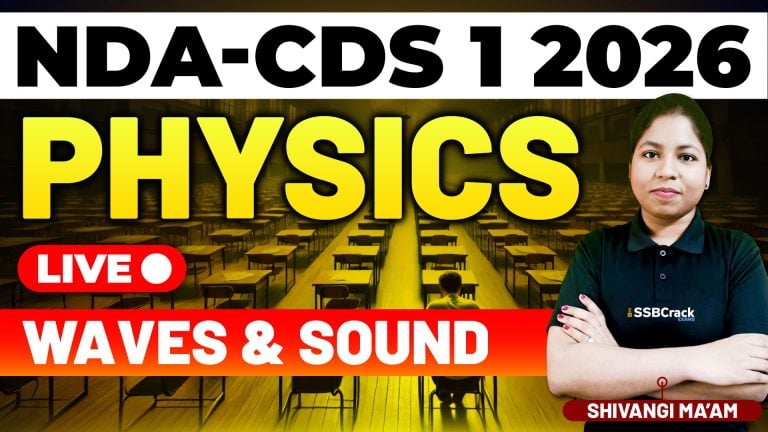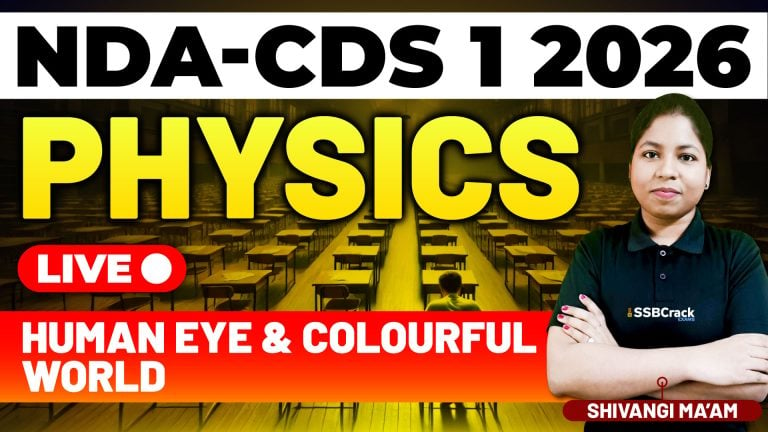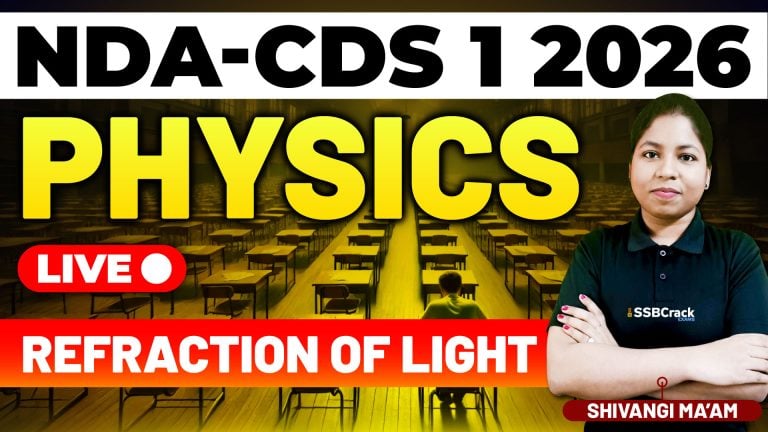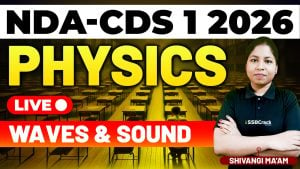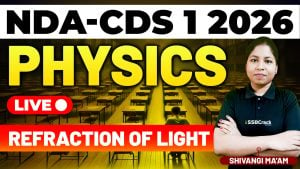The Fundamental Rights are one of the most important features of the Indian Constitution. They guarantee civil liberties and protect individuals from any arbitrary actions of the state. These rights form the backbone of democracy in India.
NDA & CDS 1 2026 Exam Polity – Fundamental Rights – Class 2
🧭 Introduction to Fundamental Rights
- Part: III of the Indian Constitution
- Articles: 12 to 35
- Inspired from: Bill of Rights (USA)
- Purpose: To ensure the dignity of individuals and unity of the nation.
Fundamental Rights are justiciable, meaning citizens can approach the courts (High Court or Supreme Court) if these rights are violated.
⚖️ List of Fundamental Rights
| S.No. | Right | Articles | Key Features |
|---|---|---|---|
| 1 | Right to Equality | 14 – 18 | Equality before law, prohibition of discrimination, abolition of untouchability and titles. |
| 2 | Right to Freedom | 19 – 22 | Freedom of speech, movement, assembly, profession, protection of life and liberty. |
| 3 | Right Against Exploitation | 23 – 24 | Prohibition of human trafficking and child labour. |
| 4 | Right to Freedom of Religion | 25 – 28 | Freedom of conscience, profession, and propagation of religion. |
| 5 | Cultural and Educational Rights | 29 – 30 | Protection of language, culture, and rights of minorities. |
| 6 | Right to Constitutional Remedies | 32 | Right to approach the Supreme Court for protection of Fundamental Rights. |
💡 Key Points to Remember
- Dr. B.R. Ambedkar called Article 32 the “Heart and Soul of the Constitution.”
- Article 33 allows Parliament to modify the Fundamental Rights of armed forces for discipline.
- Article 34 provides for restrictions during martial law.
- Article 35 empowers Parliament to make laws related to Fundamental Rights.
🏛️ Important Articles at a Glance
| Article | Provision |
|---|---|
| Article 14 | Equality before law |
| Article 19 | Six freedoms of citizens |
| Article 21 | Protection of life and personal liberty |
| Article 25 | Freedom of religion |
| Article 27 | Freedom as to payment of taxes for promotion of religion |
| Article 32 | Right to Constitutional Remedies |
| Article 300-A | Right to Property (Not a Fundamental Right) |
🧩 Some Important Questions and Answers
Q1. How many Fundamental Rights are guaranteed by the Indian Constitution?
A. Six Fundamental Rights.
Explanation: Originally there were seven, but the Right to Property was removed from the list by the 44th Amendment Act, 1978.
Q2. Which Article guarantees “Equality before law”?
A. Article 14
Explanation: Article 14 ensures that the State shall not deny to any person equality before the law or equal protection of the laws within India.
Q3. What is Article 21 famous for?
A. Right to Life and Personal Liberty.
Explanation: Article 21 protects life and liberty except according to procedure established by law. It includes rights like privacy, clean environment, education, etc.
Q4. Which Article is called the “Heart and Soul of the Constitution”?
A. Article 32
Explanation: Dr. B.R. Ambedkar referred to Article 32 as the Heart and Soul because it provides citizens the right to approach the Supreme Court to enforce Fundamental Rights.
Q5. What does Article 27 prohibit?
A. Compulsion to pay taxes for the promotion of any religion.
Explanation: It ensures secularism by preventing the state from forcing citizens to fund religious activities.
Q6. What is the difference between Fundamental Rights and Directive Principles of State Policy (DPSPs)?
A.
| Fundamental Rights | Directive Principles |
|---|---|
| Justiciable (can be enforced by court) | Non-justiciable |
| Focus on individual rights | Focus on social & economic welfare |
| Contained in Part III | Contained in Part IV |
📘 Conclusion
Fundamental Rights ensure freedom, equality, and justice — the three pillars of democracy. They empower citizens to live with dignity and provide a means to challenge unfair laws or actions by the state. Every aspirant preparing for NDA, CDS, or AFCAT must thoroughly understand these rights and their corresponding Articles.
